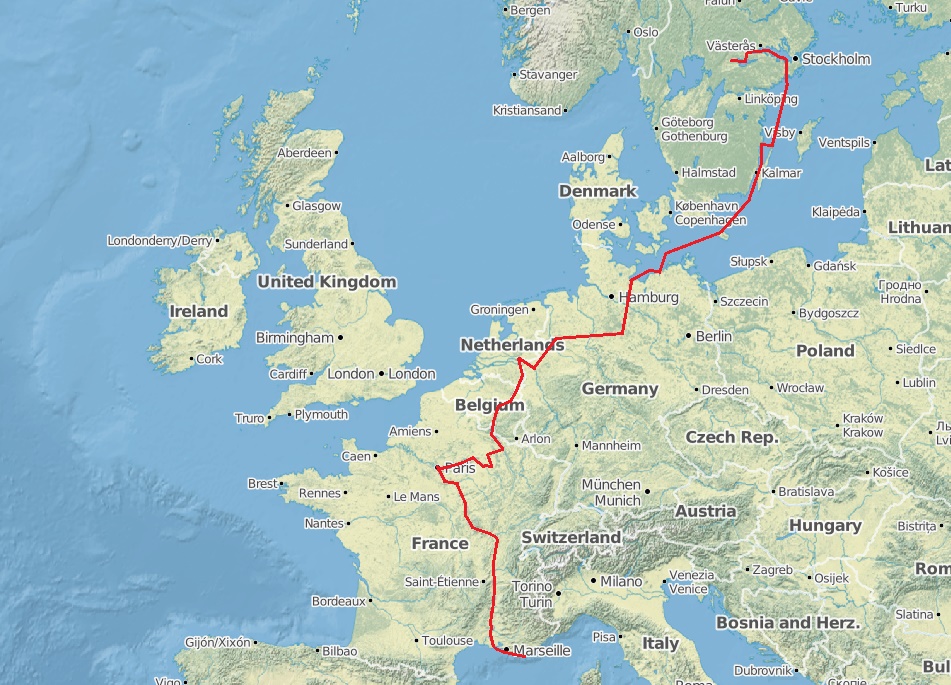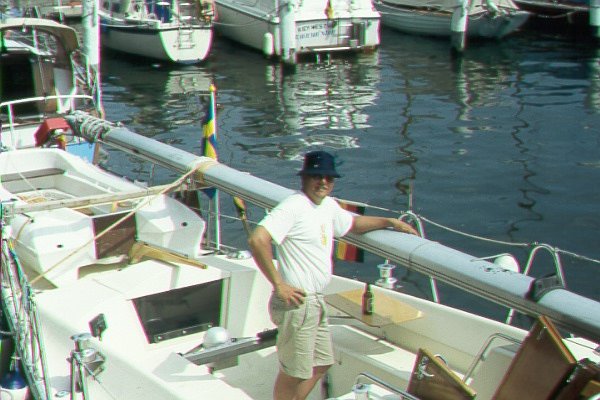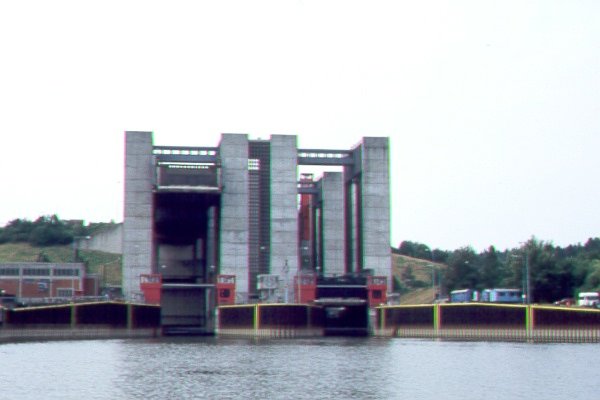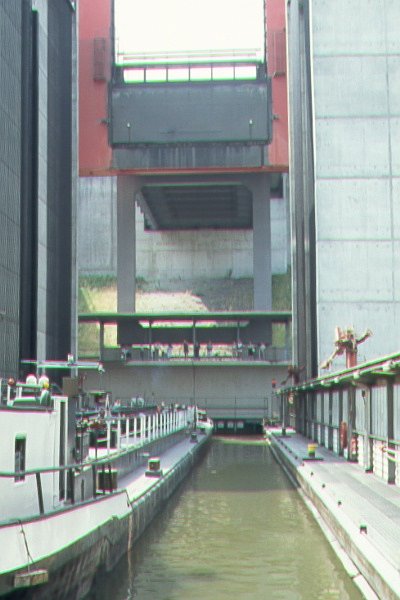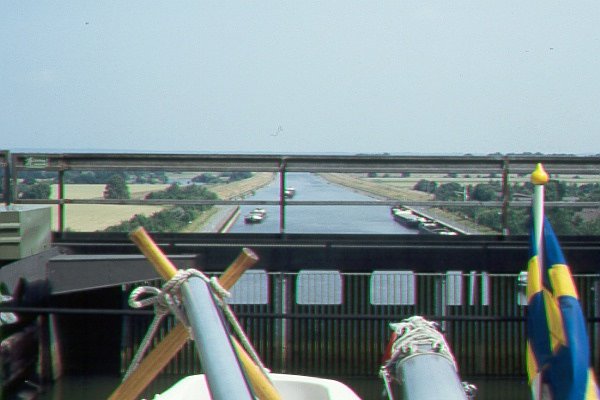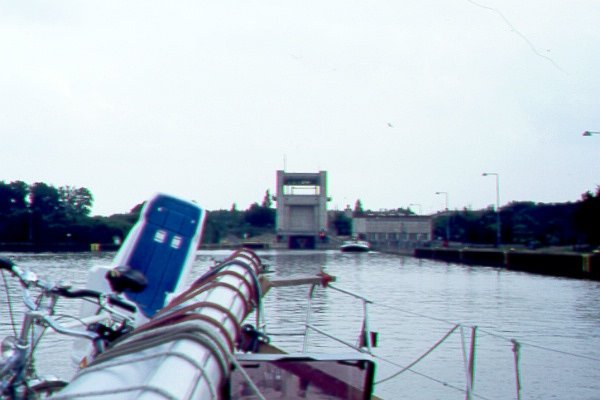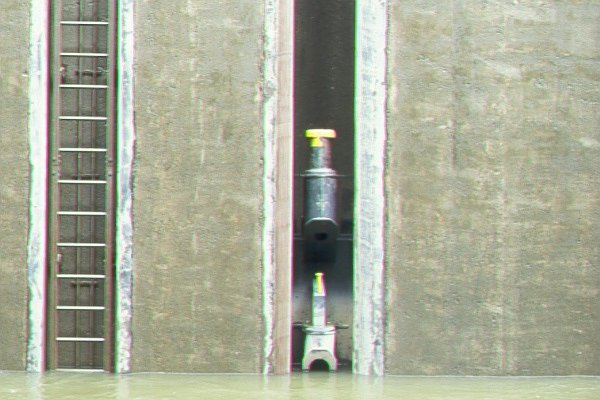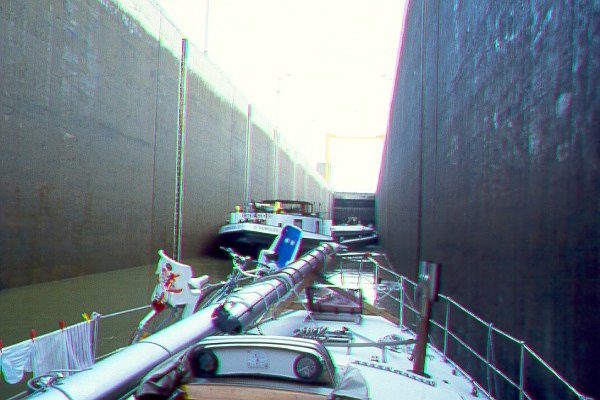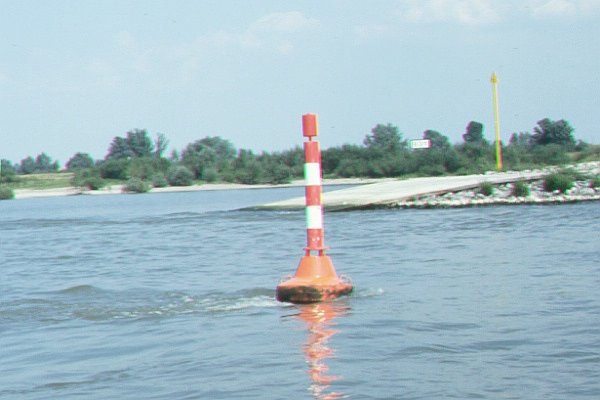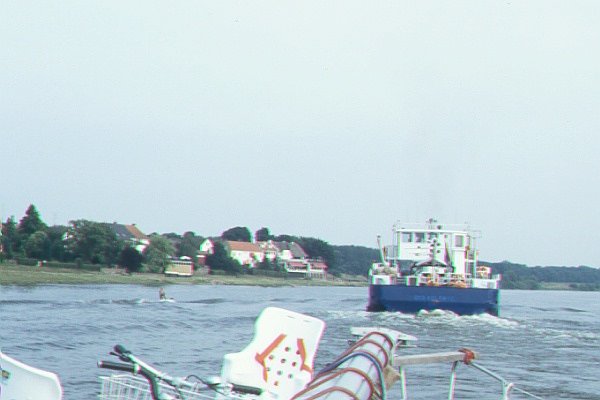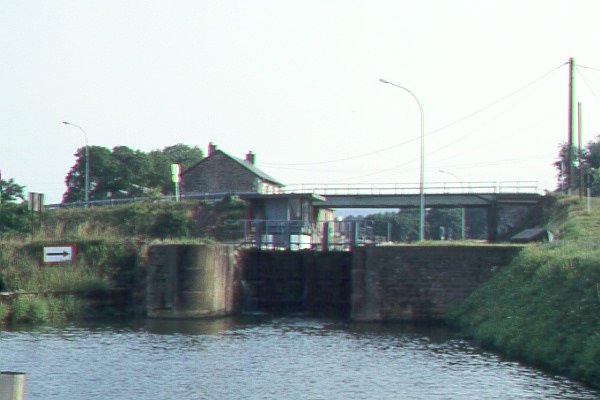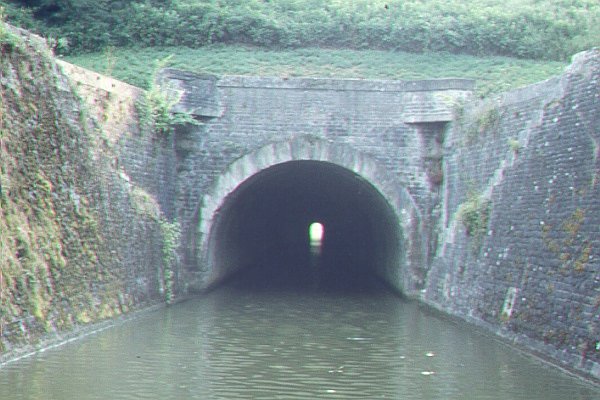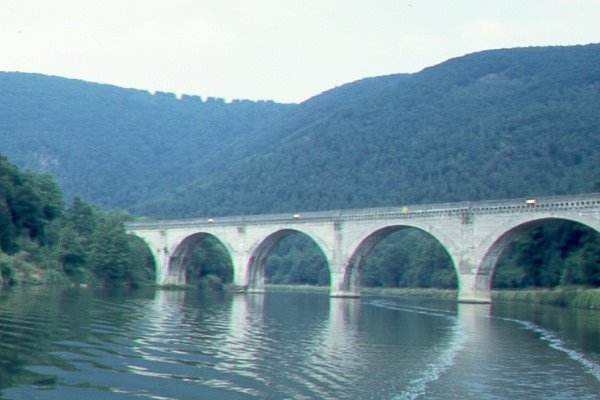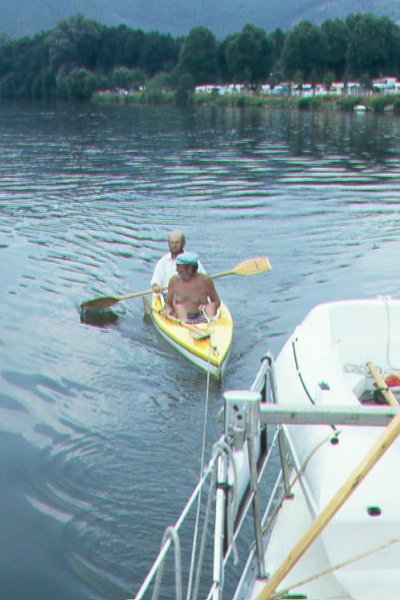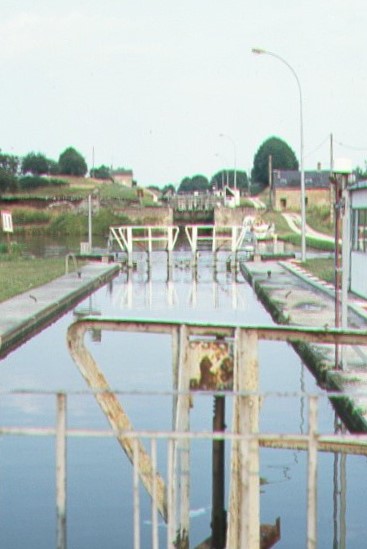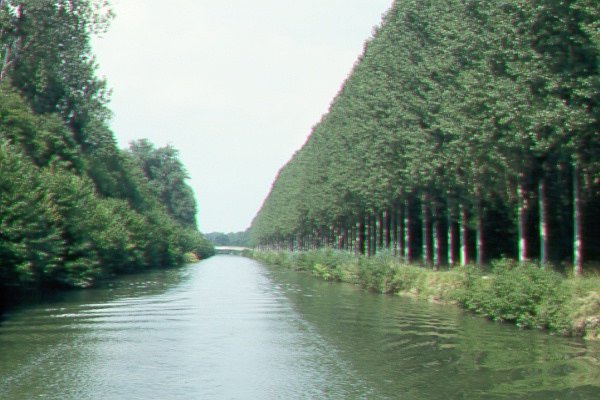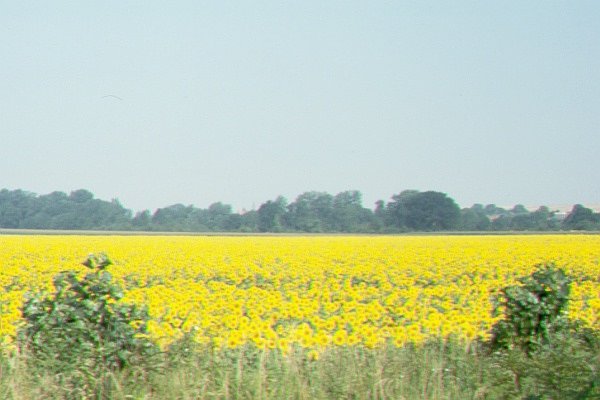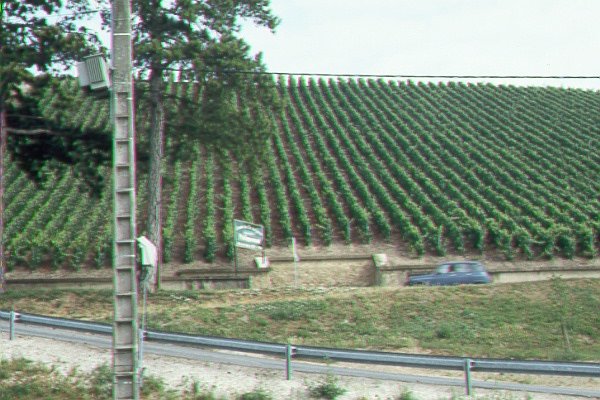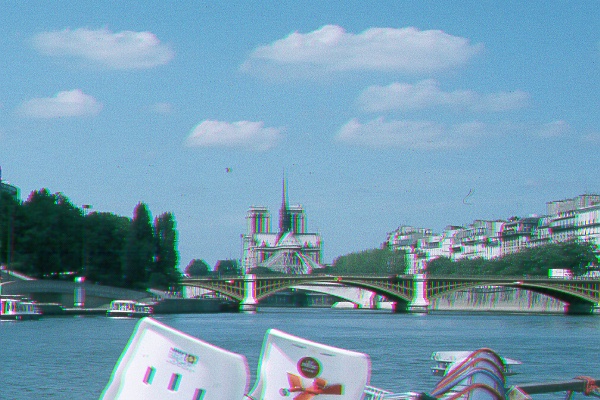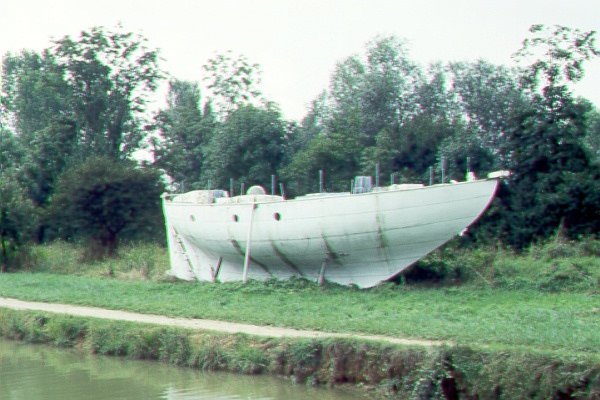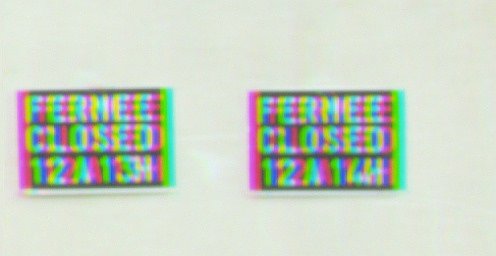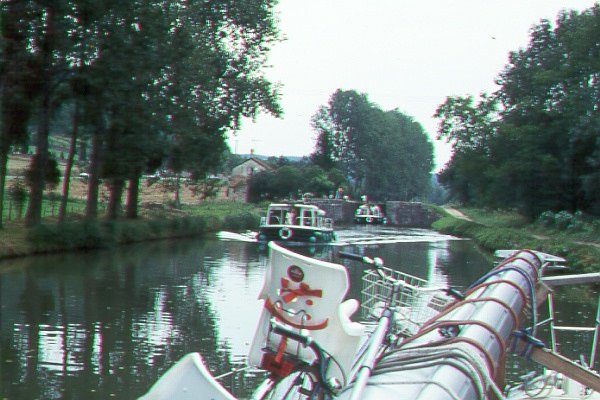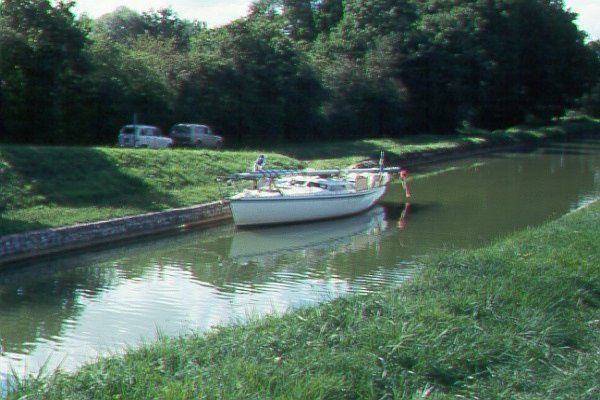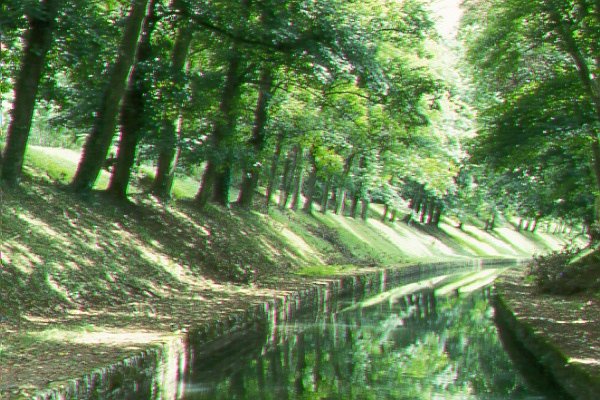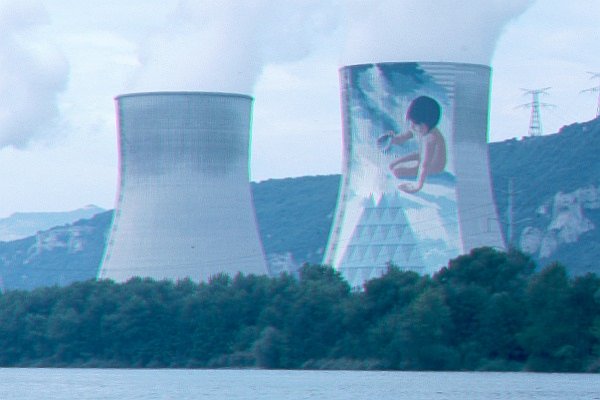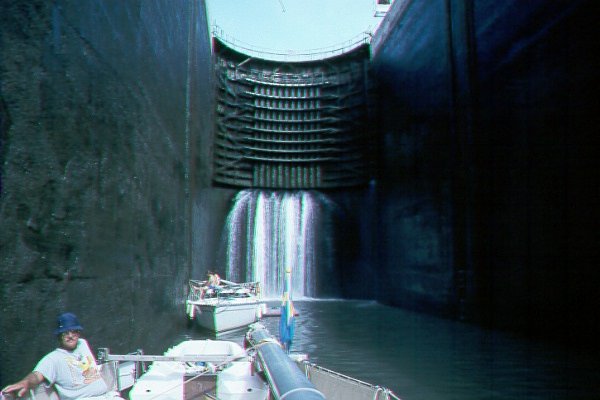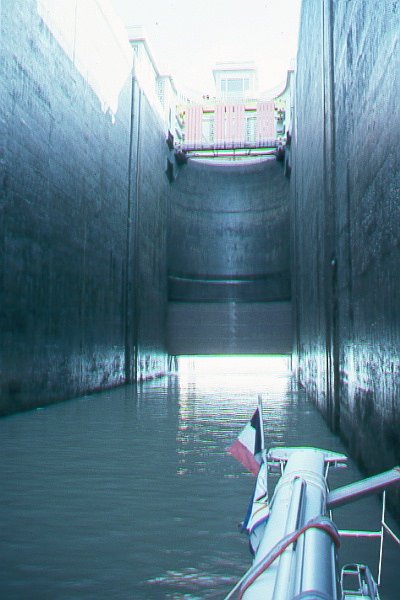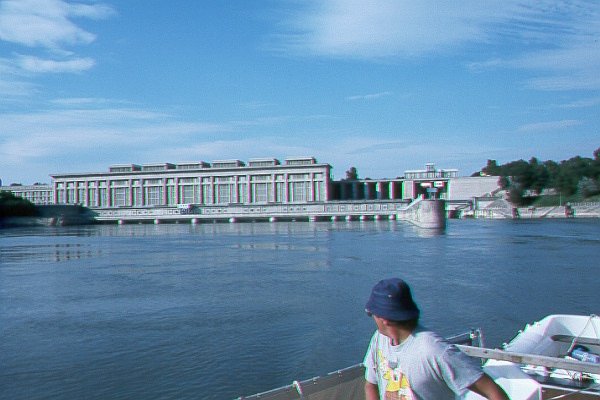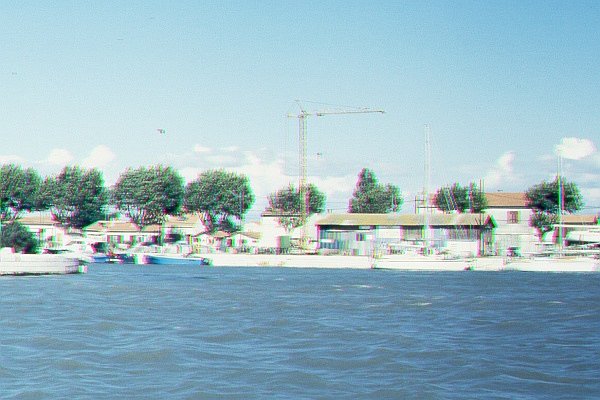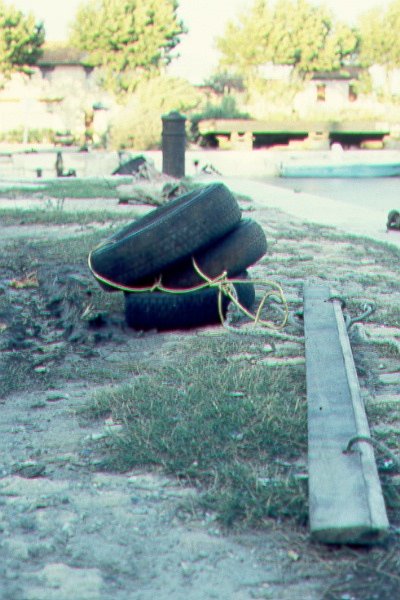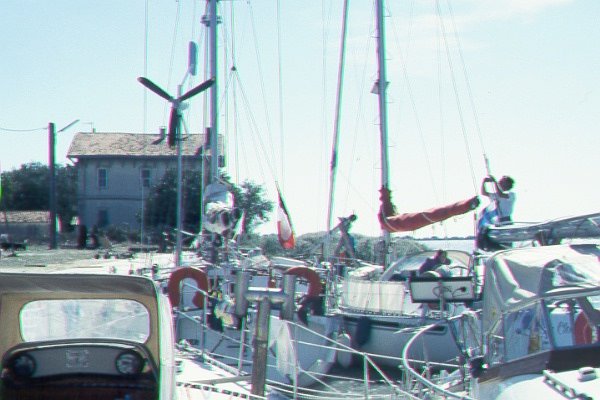
 1994
1994


Through the canals of Europe
Sweden, Germany, Netherlands, Belgium and France by Johan Kjellander 1994-2014 På svenska
In 1994 we spent almost three months on the canals of Europe. We took our mast off in Travemunde on the Baltic coast of Germany and put it up again in Port St. Louis on the French Riviera. We didn´t take the shortest route, instead we used many smaller canals in Germany, Holland, Belgium and France. We did a total of 420 locks and 2240 NM including a few weeks sailing on the Riviera by the end of the season.
Tove took more than 500 pictures this summer, selected the ones below and scanned them. I wrote the texts.
Germany-Netherlands-Belgium
We started in Örebro but the first stop on the actual canal trip was Travemunde where we took down the mast and prepared for the locks. From Travemunde you then continue on the river Trave in to Lubeck where the first lock in Lubeck-Elbe Canal is located.
On board was Johan and Tove and Martin, 4 years old and his little brother Gustav who was just one. Diapers and babyfood thus. We also had bicycles with extra seats for children on board. We put them on the fore deck so that they were easy to bring ashore when opportunity was offered. The kids loved making excursions with the bikes.
In Lubeck we met the Swedish Allegro-33 Yolanda who was also heading south. They went a different way through the canals than we did but unbelievably enough we met them again almost 3 months later in Port St. Louis at the Mediterranean. That was a nice reunion and we then sailed together in both France and Greece for various periods.
A particularly nice memory from the canal trip is all the nice people we learned to know on the way.
Lubeck-Elbe Canal connects Lubeck with the River Elbe. A short distance downstream of Elbe, the Elbe-Seiten canal begins which is large and wide and relatively newly built. No lock is the other alike. Here is an unusual kind of lock that acts as a lift. You go into a huge "bathtub" which is then lifted 38 meters up in the air by 4 huge chains. There are two similar elevators next to each other. One goes up when the other goes down.
It's not a small "bathtub". First a big barge enters and behind it we still have plenty of room. The lift is completely undramatic. Quiet and comfortable and a better view backwards the higher you get. On the way up, the barge skipper came over to us and interrogated our plans. 38 meters later (upwards) you have a wonderful view backwards over the canal and the flat landscape around Luneburg ..
Here comes a more normal lock but still very large. The lock gate opens upwards so you go under the gate into the chamber.
A nice thing in the high locks are the floating bollards. They follow you up as the water level rises, so no long lines are needed. In principle, it is sufficient to tie up midships with a single line. The little yellow hook at the bottom fits well for a sailing boat and the larger one is intended for the barges. We had all our fenders on the starboard side of the boat and there they stayed almost all the way down to the Mediterranean.
Two 100-meter long barges fit one after the other. A small sailing boat or two are barely noticeable!
Through the Mitteland Canal we reached the Dortmund-Ems canal and then via the Wesel-Datteln canal we continued to the Rhine. We then followed this big river downstream to Holland. Many choose here instead to go upstream to Koblenz and then down the Moselle into France. Doing so, you can at least theoretically reach the Mediterranean in 5-6 weeks. There are about 170 locks on that route. Our route was much longer with over 400 locks.
We wanted to see more so we continued on the Rhine to Nejmegen in Holland where we took off south on the river Maas.
The barges normally hold the same speed as we do. 6-8 knots but it happens that they are faster. In this picture, we have just been overtaken by a barge that was very fast. Look carefully at the little dot in the water to the left of the barge to you understand why. Somebody is pulled on waterskis after the barge!
France
The river Maas runs south through Holland and passes through the city of Maastricht just before the border with Belgium. From there we continued on Maas (in Belgium and France named Meuse) through Liege and Namur until Givet at the French border. Here, the big locks end. Meuse decreases in size and the locks in France are more like Swedish Göta Canal in size. Very beautiful. Quieter pace and warmer climate because we were heading south.
Until the French border we had not paid a penny but in France they charged us a fee to use the channels. Quite reasonable.
The first tunnel on the canal was a new experience. Not very long, just a few hundred meters but still we were a little nervous. What if you meet someone!
The French part of Meuse is stunningly beautiful. It slowly winds its way in a green and mountainous landscape. We followed Meuse southwards to the Canal des Ardennes. All the time the landscape rises and you slowly move higher and higher up.
Traveling is to meet new people. These retired gentlemen had paddled half-way downstream without thinking about how much slower it would be to paddle back. We took them on a tow and had a nice chat along the way.
A bit in on the Canal des Ardennes you pass the highest point and the canal turns steeply down again. It starts with a lock staircase of 27 locks! The locks are fully automatic and you have to step ashore yourself and pull a lever to start the process. It takes a whole day to come down and I remember that we were quite tired that evening. Somewhere along the way, one-year-old Gustav took his first own steps by himself.
Green and beautiful. Here are the plane trees in line. In Berry, we left the Canal des Ardennes and entered the Canal Aisne-Marne which passes by the big city of Reims, the capitol of champagne.
Warmer and warmer. It is clear that we are heading south. The sunflowers are constantly turning towards the sun and following it over the sky from morning to night. A bit after Reims, the canal opens into the Marne River, which is connected to the Seine in Paris. On the way we passed large vineyards and the champagne city Epernay where we took the opportunity to have a look at the manufacturing process.
Close to Paris, the river flows just a few miles away from Eurodisney. Of course we had to stay one day. Expensive and tiring but the kids were happy.
Traveling on your own own keel right through central Paris was an old dream that was now fulfilled. Straight ahead is Notre Dame. We continued right up to the Eifel Tower, where we turned back and entered the Port Arsenal, one of Paris guest harbors.
From Paris we took the Seine upstream to the river Yonne. The Seine is heavily trafficked with large barges but on Yonne it becomes more quiet. From Yonne you can travel further south via the Canal du Nivernais or as we did on the Canal de Bourgogne. Canal de Bourgogne is one of France's oldest and most shallow canals. We had to declare in writing that the boat was not deeper than 1.40 before they let us into the canal. It consists of 170 locks and a number of long tunnels, the longest over 3 km and only 3 meters high and 5 meters wide!
At Poilly on the Canal de Bourgogne, you are 380 meters above sea level. The climate is much cooler, really nice indeed. Everything is so old. Here, Vercingetorix fought with the Romans 2000 years ago. Medieval villages and castles everywhere. And the all the wine of course.
You are very far away from the sea and what do you find? A sailboat being built on the shore of the canal. It looked a little abandoned. Maybe the boat was too deep to get out?
The locks are numbered and at each lock there is a lock keeper waiting. They often live in the old lock house. We especially remember this lock, partly because of the contradictory signs on the wall but also because of the lock keeper who had the roundest and most red nose I have ever seen. He sure hadn't been sober for good many years.
We tried to scan the pictures above at the maximum resolution of 2600 dots/inch. Not perfect, but you can read the message.
The Canal de Bourgogne is localy very lively with hire-boats. These boats are shallow and flat-bottomed and do not seem to be easy to control. They often come near when you meet them. One even drove up on dry land when it tried not to hit us. It is strange that you do not need any formal knowledge to drive these boats.
There are no ports or marinas in the canal but you stay where you want. Inside an old town or anywhere along the side of the canal. Quiet and comfortable and equally beautiful everywhere. With the bikes on board and the children's seats for Martin and Gustav, we often made long excursions and inspected the surroundings.
A so-called tranchee. A short section of the channel that is extra narrow. Often through mountains where you might have trouble making a wide channel once in a while. Towards the end of the channel you pass the town of mustard, Dijon. From there, only about 20 locks remain for St. Jean de Losne where we stayed for a whole week to rest before we continued south on the river Saone until Lyon, France's second largest city. What a difference to the small canal.
In Lyon, Saone changes its name and becomes the river Rhone instead. A large river with huge locks and an increasingly powerful current the further south you come.
A large power plant on the shore of Rhone. A somewhat misplaced picture on one of the cooling towers we thought.
There are not many locks on the Rhone but they are high. The largest lock is 26 meters in a single step. Despite that, it's easy to use them. Floating bollards and quiet and comfortable inside the large lock chamber.
Once down the lock gate lifts up and you can go out on the river again. The kids thought it was great fun with the water that dripped from the wet gate when we passed under. They called them rainlocks.
Several large locks on the Rhone were combined with a hydro electric power plant. Here is one.
The 20 locks on the Rhone pass quickly but you can stay in Arles or Avignon if you want a little tourist life. The river flows into the Mediterranean via the Camargue, a large delta area that is shallow and difficult to navigate. Instead, most sailors take off at Port St. Louis where you can put up your mast just before passing the last lock into a short canal that leads to the Golf de Fos in the Mediterranean.
This picture shows the entrance to Port St. Louis and the crane belonging to the small boatyard. Here, sailors from all over the world meet and here we once again met the Swedish boat Yolanda that we had not seen since Lubeck. If there is too much wind, the crane will not operate and if this goes on for days many boats can be be waiting to take their mast up (or down). We stayed for 10 days before we got our mast up and meanwhile we learned to know many sailors.
On the quay by the boatyard in Port St. Louis people who leave the canal often leave also provisional fenders, planks and more. These things usually just rest for a short while before a boat heading north takes them to reuse. We handed our stuff to a couple of Swedish guys on their way home.
So, we finally arrived after 420 locks. Almost 3 months without a mast and now we were going out to sea again. Not very far however, a few weeks later we would put the boat on land in Martigues just next door and return to Sweden over the winter.
6 months later in May 1995 we were back and continued our journey along the Riviera, via Corsica and Sardinia to Italy, Sicily and finally Greece.
